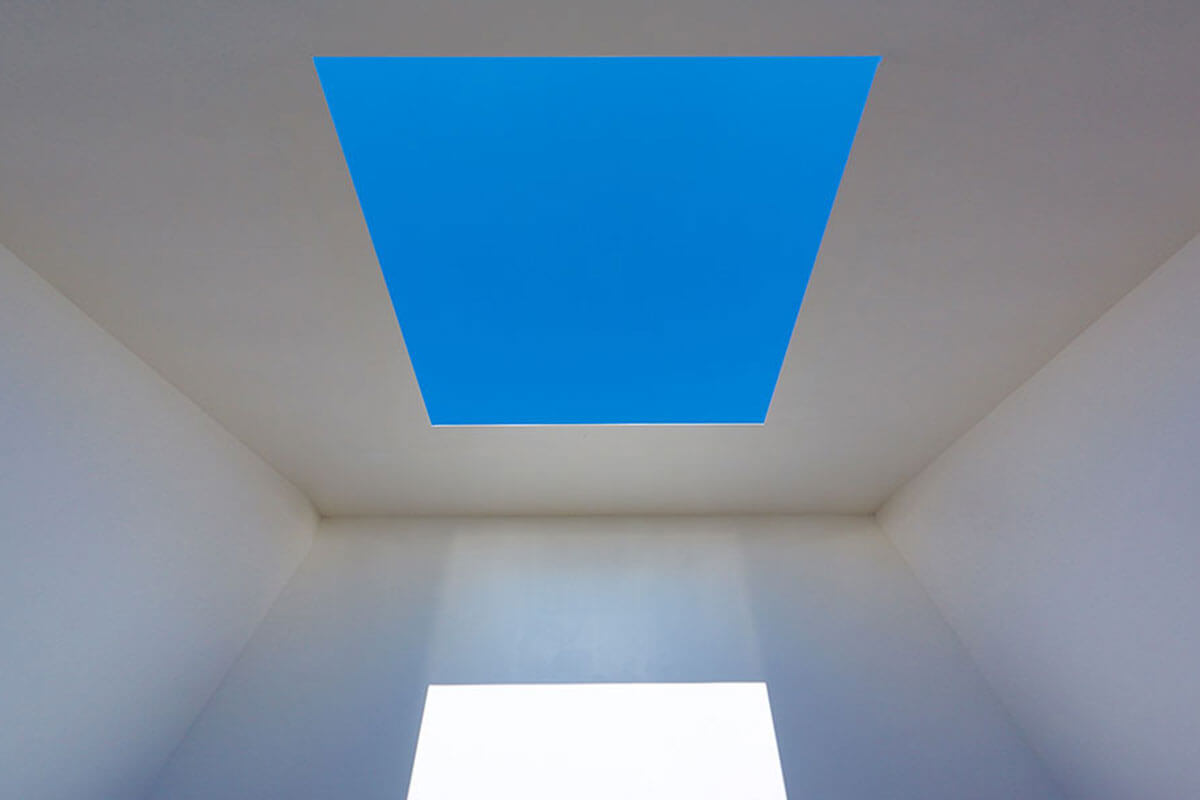What is Contemporary Art?
The term contemporary art is loosely used to refer to art of the present day and of the relatively recent past, of an innovatory or avant-garde nature.
Contemporary art museums have different opinions on the date of origin for the term ‘contemporary art’.
The Institute of Contemporary Art in London, founded in 1947, says that it is art from that year onwards.
The New Museum of Contemporary Art in New York uses the later date of 1977.
In the 1980s, Tate planned a Museum of Contemporary Art in which contemporary art was defined as art of the past ten years on a rolling basis.
Today's artists work in and respond to a global environment that is culturally diverse, technologically advancing, and multifaceted. Working in a wide range of mediums, contemporary artists often reflect and comment on modern-day society. When engaging with contemporary art, viewers are challenged to not ask questions such as, "Is a work of art good?" or "Is the work aesthetically pleasing?" Instead, viewers consider whether art is "challenging" or "interesting."
Contemporary artists may question traditional ideas of how art is defined, what constitutes art, and how art is made, while creating a dialogue with—and in some cases rejecting—the styles and movements that came before them.
Contemporary art is part of a cultural dialogue that concerns larger frameworks, such as ideas about beauty, personal and cultural identity, family, community, and nationality.

Contemporary art links also to:
Conceptual art, sometimes simply called conceptualism, is art in which the concepts or ideas involved in the work take precedence over traditional aesthetic and material concerns.
Land art, sometimes called Earth Art, was developed out of the conceptual art movement of the 1960s and 70s. Land Art typically uses natural materials and is designed to be in harmony with its location
Abstract art is art that does not attempt to represent an accurate depiction of a visual reality but instead use shapes, colours, forms and gestural marks to achieve its effect. Abstract art uses a visual language of shape, form, colour and line to create a composition which may exist with a degree of independence from visual references in the world.
Famous Contemporary Artists
Damien Hirst
Tracey Emin
Ai Weiwei
Yayoi Kusama
Jeff Koons
Jenny Saville
Banksy
Tacita Dean
Houghton Hall has a world class collection of art in its grounds.
These include works by:
Stephen Cox
James Turrell
Phillip
King
Anya Gallaccio
Jeppe Hein
Rachel
Whiteread
Zhan Wang
Click here to go through to the Houghton Hall page featuring their specific pieces. Come back with your family and visit them all!
Artists in Schools
Working with an artist in school can support increased engagement and participation in the whole
curriculum, as well as broadening and deepening understanding of the arts themselves and of the
artistic process.
If you would like your school to work with a local artist, try contacting one of these experienced practitioners:
Ali Atkins - 07515 059350
Kate Munro - 07968 323668
Liz McGowan - 07759 897891
Jacqui Jones - 0795 1625444

Next Steps/Useful links
- The Council for Learning Outside the Classroom
- http://www.tate.org.uk/art/art-terms/c/contemporary-art
- The Sainsbury Centre for Visual Arts
- Artlandish, the KS3 linked programme at Houghton Hall
- Visit the Groundworks Gallery in King's Lynn
- For more advice and support on learning outside the classroom contact Norfolk’s Environmental and Outdoor Learning service
- For more advice and support on the arts and artists in Norfolk contact Norfolk Arts Service: Email arts@norfolk.gov.uk
